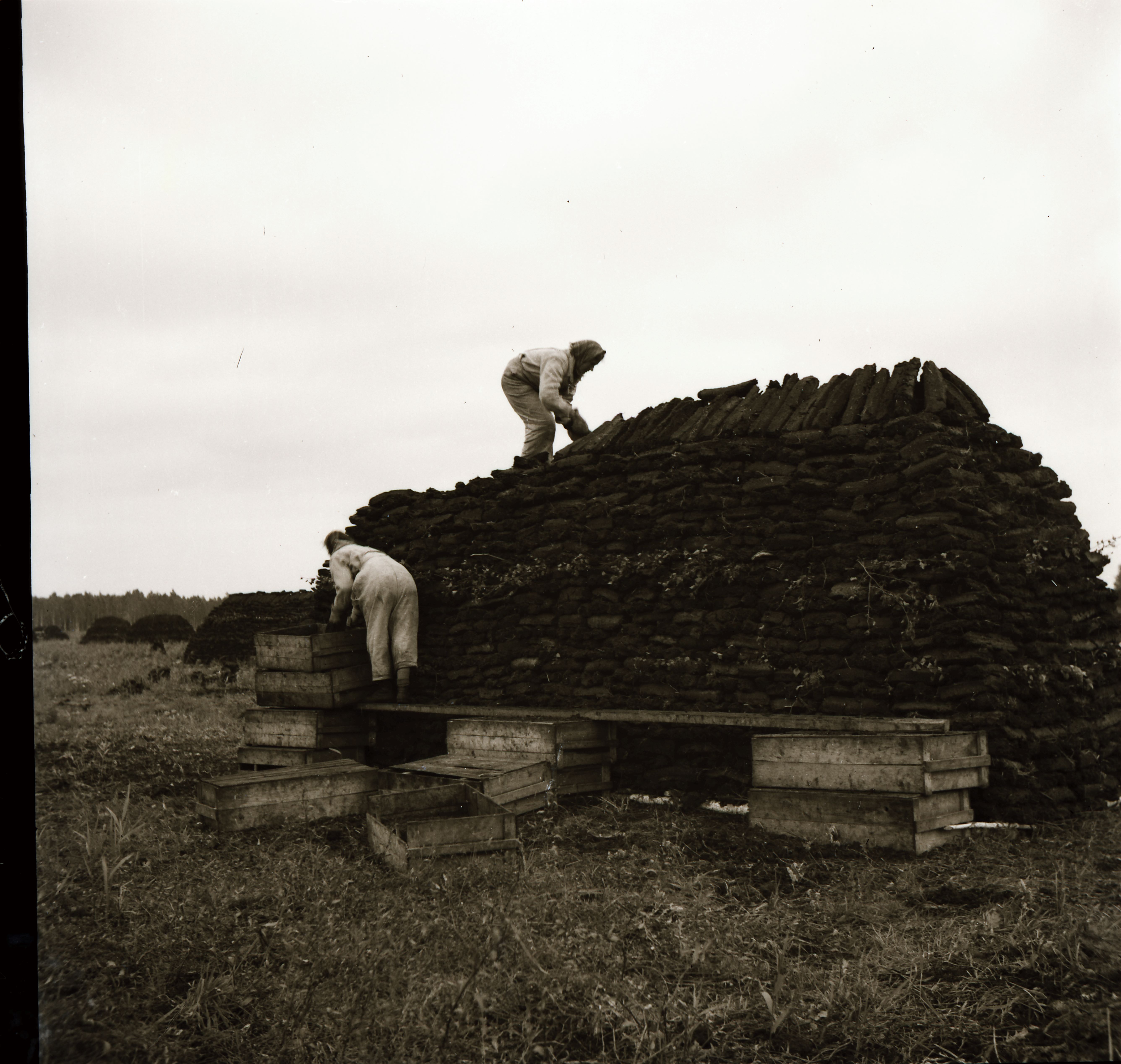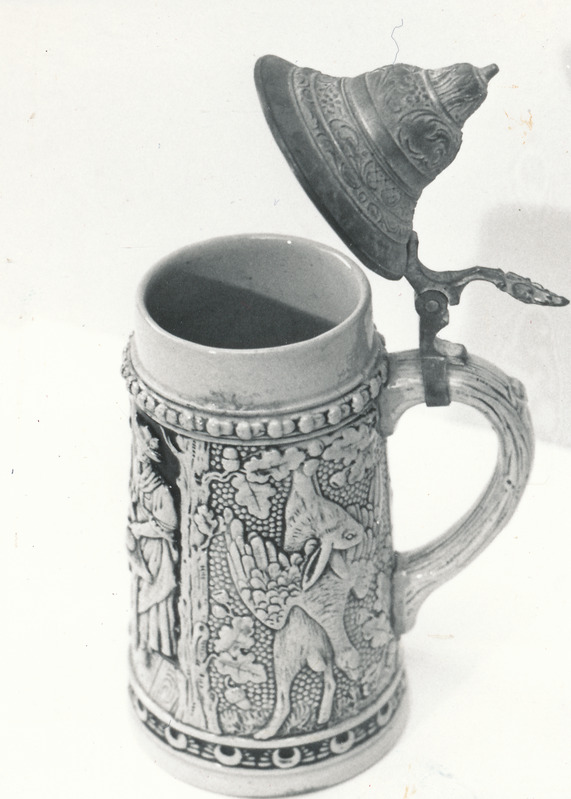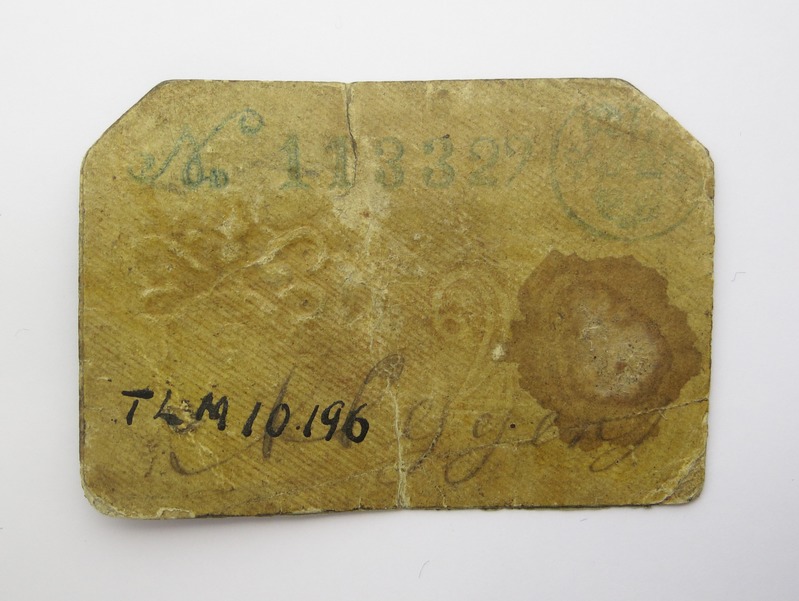Bogs, marshes

https://et.m.wikipedia.org/wiki/Fail:Meenikunno_raba_laukad.jpg
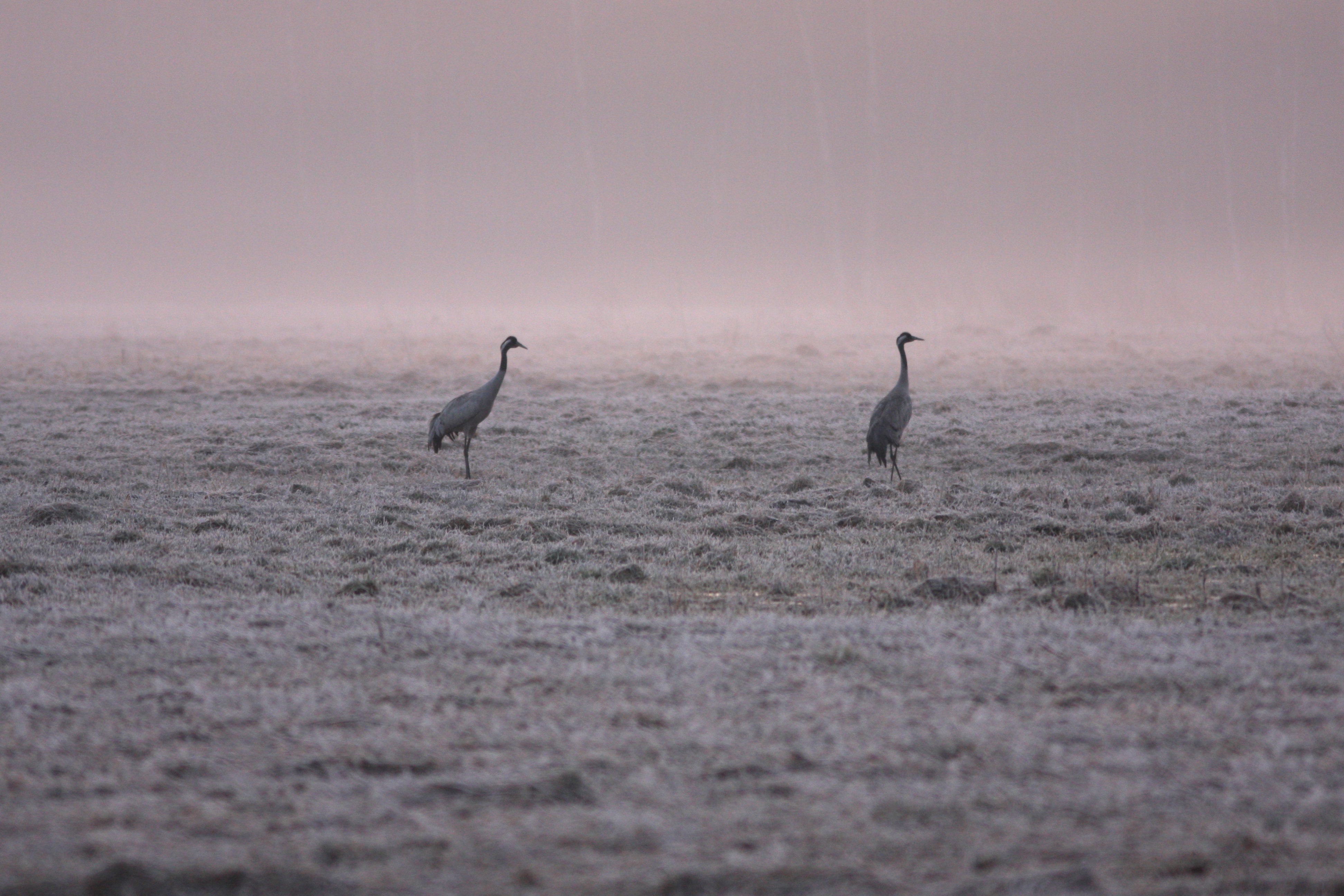
https://commons.wikimedia.org/wiki/File:Hommik_Pusu_soo_%C3%A4%C3%A4rsel_heinamaal.jpg
The current Pusu swamp used to be far away in Russia. It was awfully hot there, and the swamp king didn't like it. He raised the swamp under the sky and rowed it to the present place.
Praegune Pusu soo olnud vanasti kaugel Venemaal. Sääl olnud kole pala1. See ei meeldinud sookuningale. Ta tõst soo üles taeva alla ja sõudnud praegusse kohta.
1 palav
In the old days, one of the ditches by big Pusu swamp was bridged over. A footbridge was an important crossing point in the summer. In the evening or at night, no one dared to cross the ditch, because they were afraid of the water spirit. No one remembers who built the footbridge. One brave young man went to the ditch in the evening. He saw that there was a great light on the bridge and strange creatures were dancing. They were completely black and looked like oven forks.
A large frog-like creature sat in the centre of the bridge, with a big crown on its head. This animal was the king of the swamp. Now the man was getting scared and he started to run. Screams and rumblings could be heard from the bridge. The next day the bridge had disappeared. Later, they wanted to build a new bridge, but this failed, because the bridge built during the day disappeared during the night.
Suure Pusu soo ääres ühest kraavist läks vanasti üle purre. Purre olnud suvel tähtis ülekäigu koht. Õhtuti ega öösi ei julend keegi säält üle minna, sest kardeti vetevaimu. Keegi ei mäleta, kes selle purde ehitas. Üks julge noormees läind õhtul kraavi äärde. Näind, et purdel olnud suur valgus ja tantsind imelikud elukad. Nad olnud täiesti mustad ja ahjuharkide sarnased.
Kesk purret istus suur konna sarnane elukas, peas suur kroon. See loom oli sookuningas. Nüüd hakand mehel hirm, ta pist jooksma. Purdelt kost kisa ja raginat. Teine päev oli purre kadund. Pärast tahetud uut purret ehitada, aga see ebaõnnestus, sest ööse kadus päeval ehitatud purre ära.
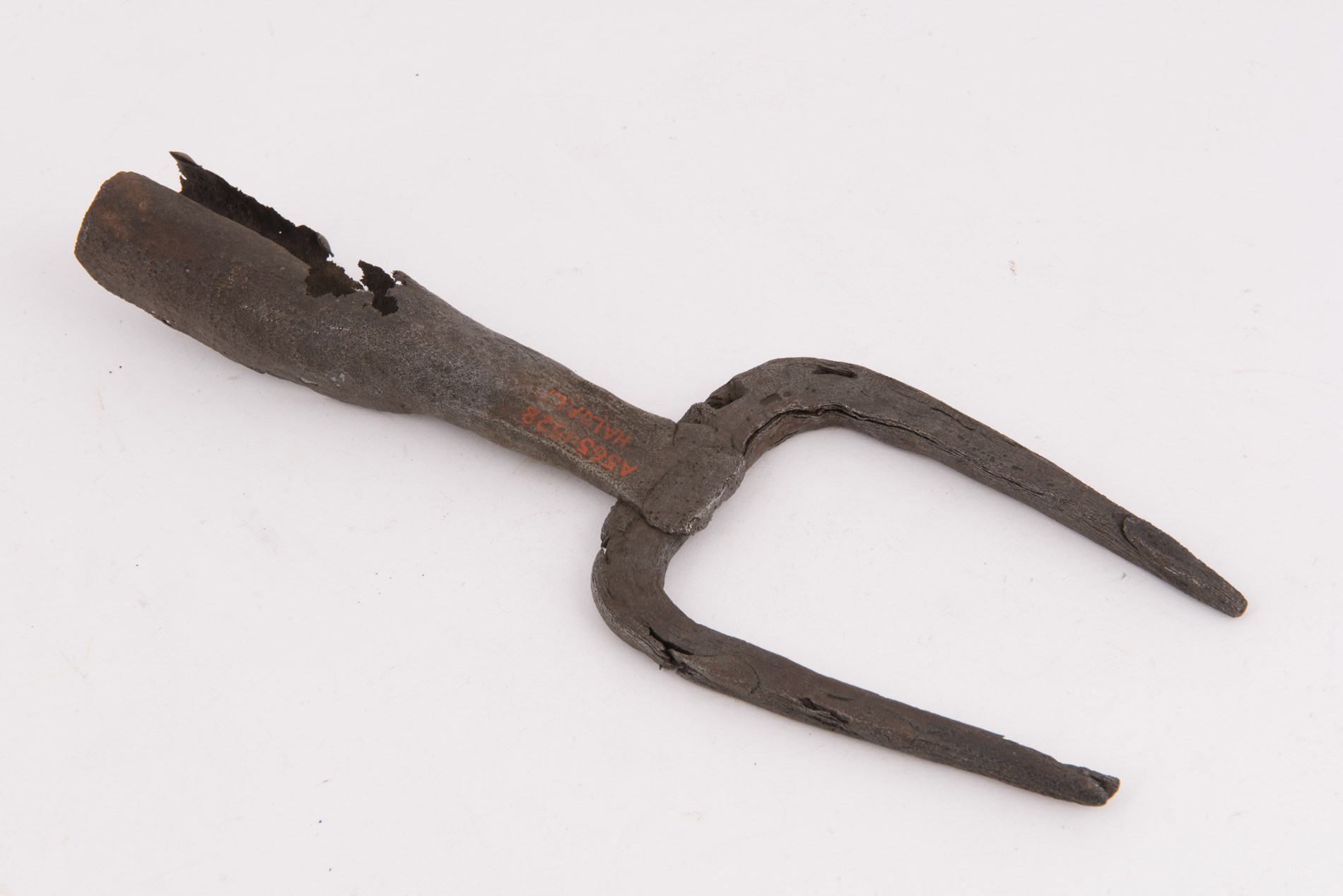
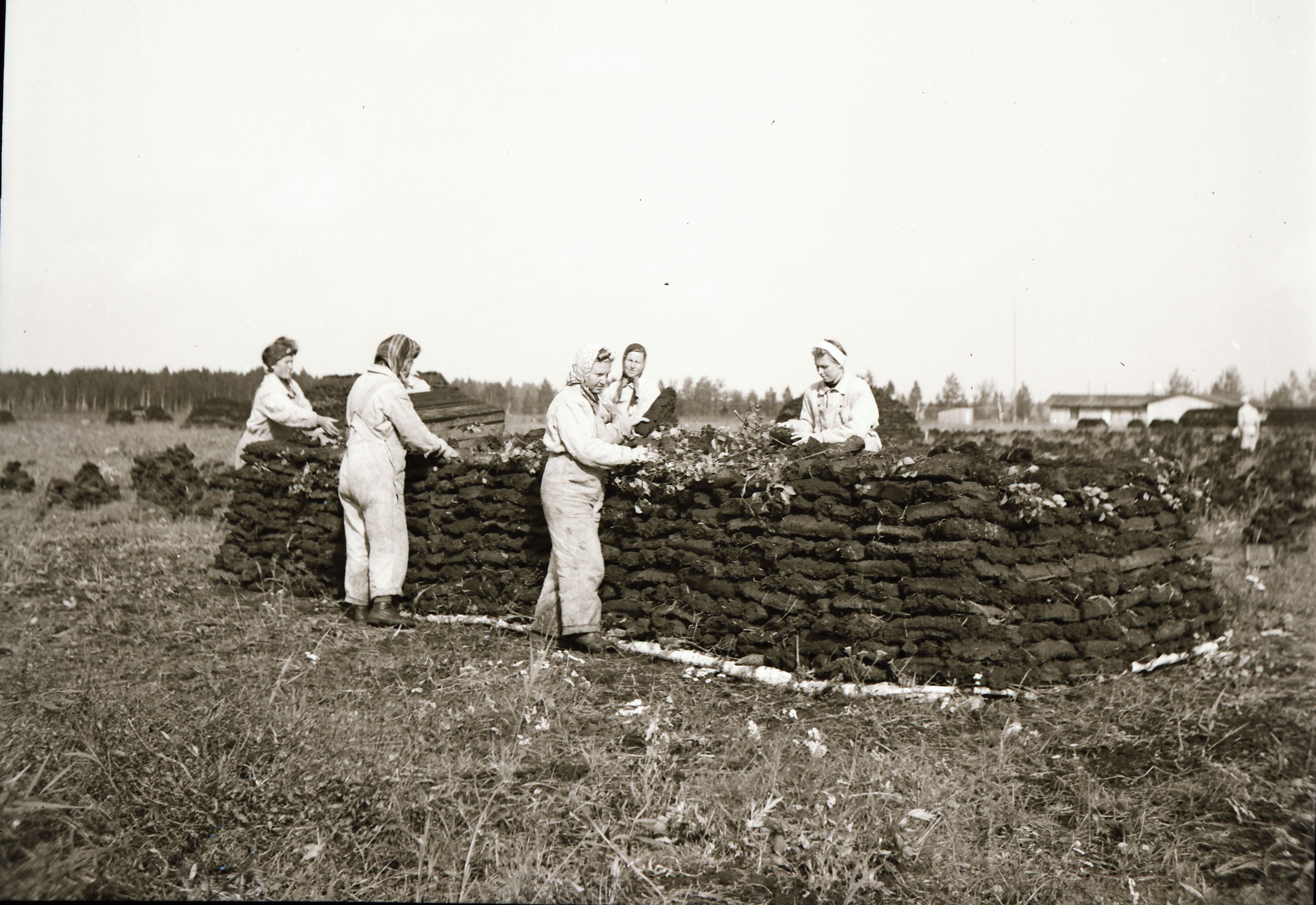
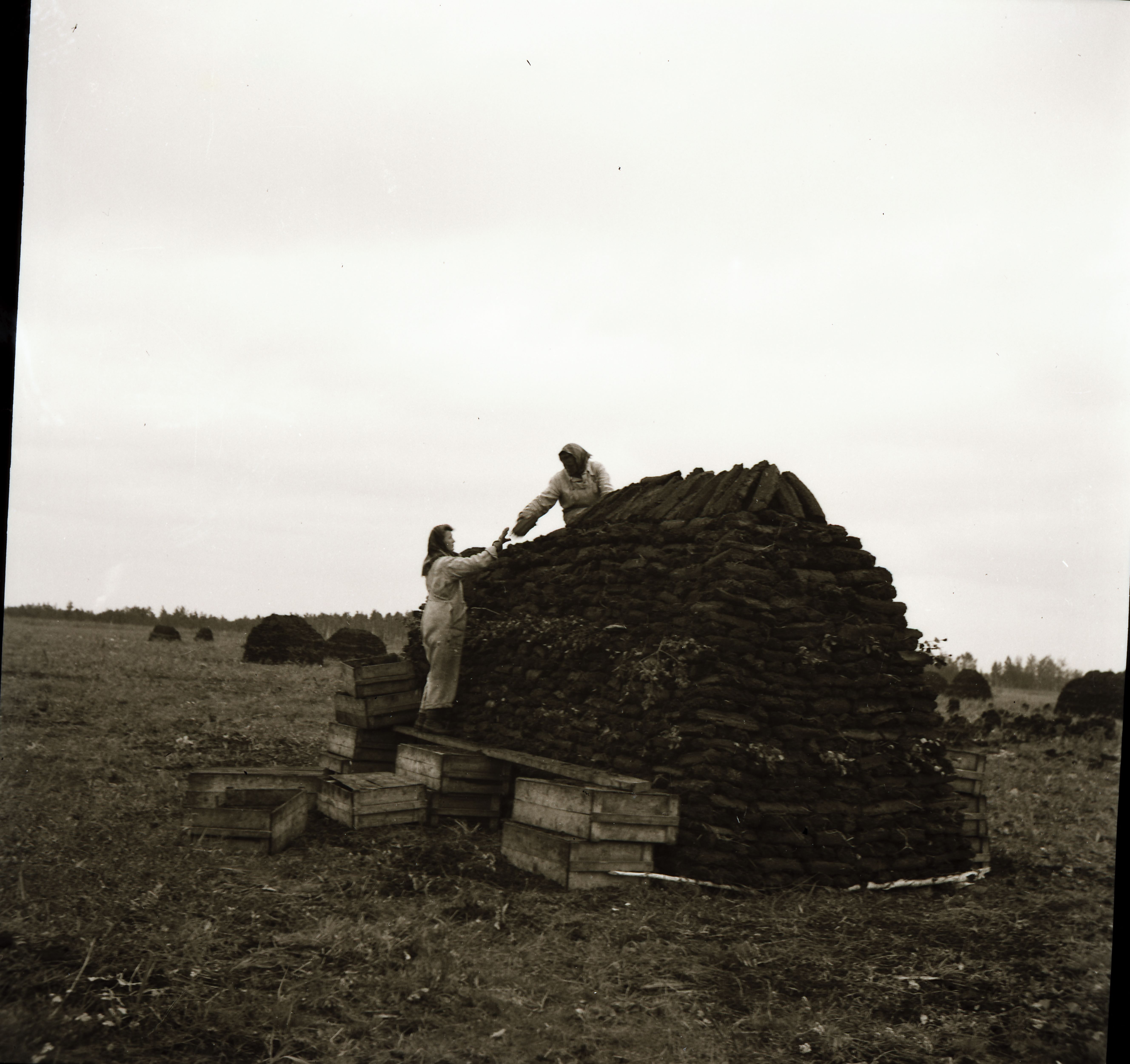
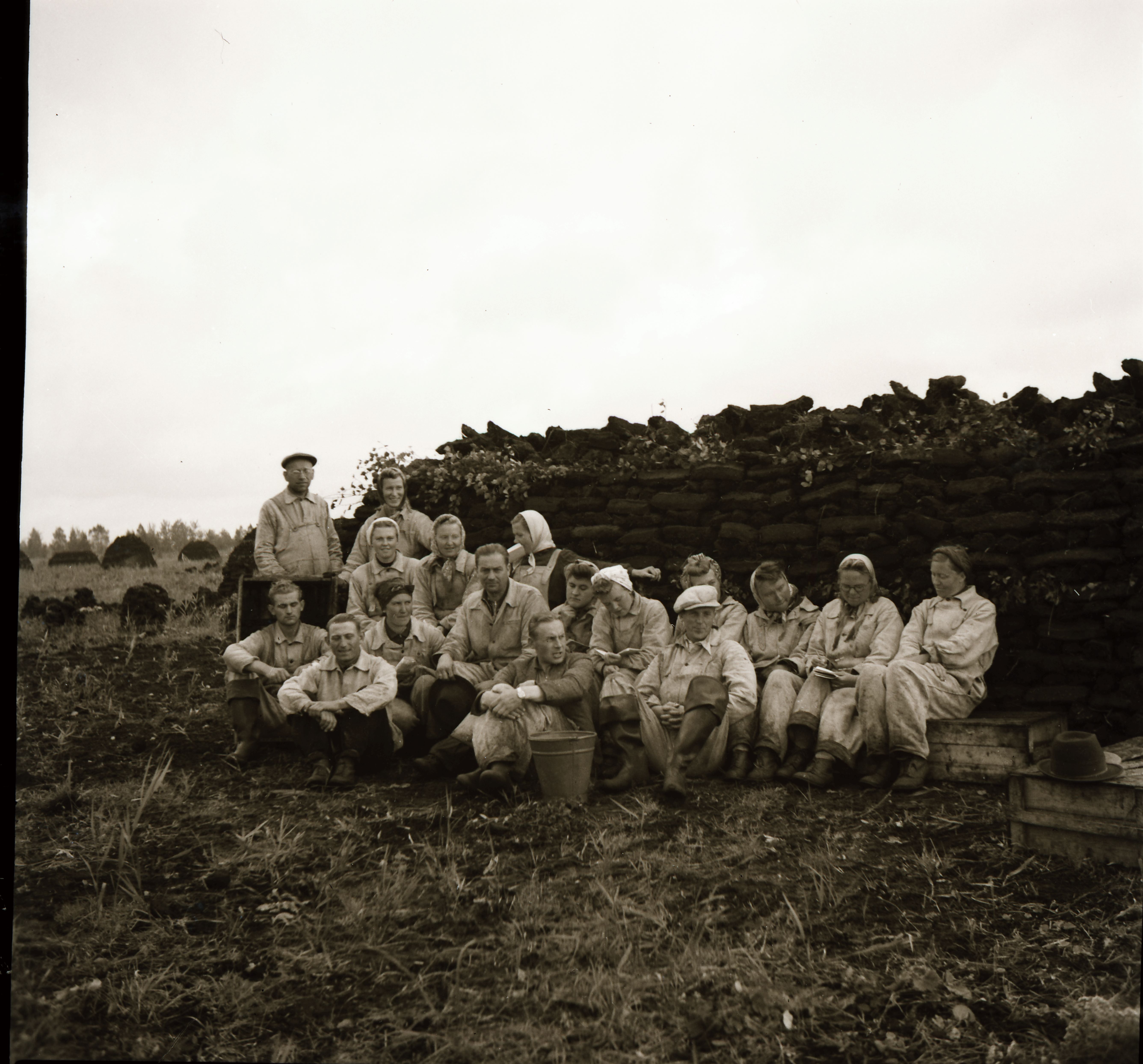
A large castle in the bog of the current Uimula farm – formerly Küünimäe – was home to some priests. When they fled during the Northern War, they spilled their wealth into the bog, where over time it sank into the ground.
This may also be partly true, because two old-fashioned beer jugs were found in the bog during cultivation.
Endise Küünimäe ja praeguse Uimula talu soos asunud suur loss, milles elanud preestrid. Need Põhjasõja ajal põgenedes kaudanud oma varandused soosse, kus nad aja jooksul maasse vajunud.
See võib olla ka osalt õige, sest soo harimisel leiti säält kaks vanaaegset õllekannu.
On the plot of the farmer Tanel Tiruli, at Suuresoo village in the municipality of Misso, there is a large bog. There is a high round island in this bog, which is still called Pritsu island. Prits Maasing is said to have made fake money there in the old days – back when club money1 was made from calfskin. There had been two together – one had tanned the skins and the other turned them into money. A hut of branches was built on the island and that's where they did it. A stamp was scratched on the limestone, molten tin was cast upon it, and thus a stamp with the national coat of arms was completed, which could be pressed onto the skin. It was a money making machine. This person who told me about it had himself seen the limestone on which these numbers were cut.
And this Prits Maasing had been a relative of the late Vastseliina pastor, but this story had happened when the late pastor's father was himself still a pastor in Vastseliina. When he had found out what Prits was doing, he was ordered by the court to call Prits to him and then hand him over to the court. Prits was ordered to go to the pastor, but he didn't go until the judge was sent to take him there. He had thought of running away meanwhile, but anyway, he did go there afterwards. He had thought: "The teacher is my relative, what is he still doing to me?" He had no idea that they wanted to imprison him. But when he had gone to the pastor, the pastor didn't care at all that he was a relative, but had let him be tied up and taken away to the dungeon. In the end, Prits escaped from prison and started making fake money again.
But that happened in the very old days, when each district still had its own money. These notes were not used elsewhere than in the county town. After escaping from prison, Prits went once to the window of an acquaintance's house at night to ask for a place to stay, but that person would not let him in because he was an escaped prisoner. As he was leaving, Prits allegedly showed him a large wad of paper money through the window and said:
"If you had taken me overnight, you would have had this wad for yourself." The man had thought afterwards: “How stupid was I that I didn't let him stay at the lodge”.
The end.
1 club money – a former unofficial cash note that replaced the legal money; it replaced heavy copper coins and eased local settlements
Misso vallas on Suuresoo küla peremehe Tanel Tiruli krundi sees suur soo. Selles soos on üks kõrge ümmargune saar, mida tänapäevani Pritsu saareks kutsutakse. Seal olevat vanal ajal Prits Maasing valeraha teinud – veel sel ajal kui vasikanahast klubirahasid1 tehti. Nad olid olnud kahekesi. Üks oli nahku parkinud ja teine neid rahadeks teinud. Saare peale oli okstest onn ehitatud ja seal nad tegidki raha. Paekivi peale oli rahatempel kraabitud, sinna peale oli tina valatud, ja nii oli valminud riigivapiga tempel, millega sai naha peale pressida. See oligi rahategemise masin. Seda paekivi, kuhu need numbrid sisse lõigatud, oli see inimene ise näinud, kes mulle asjast jutustas.
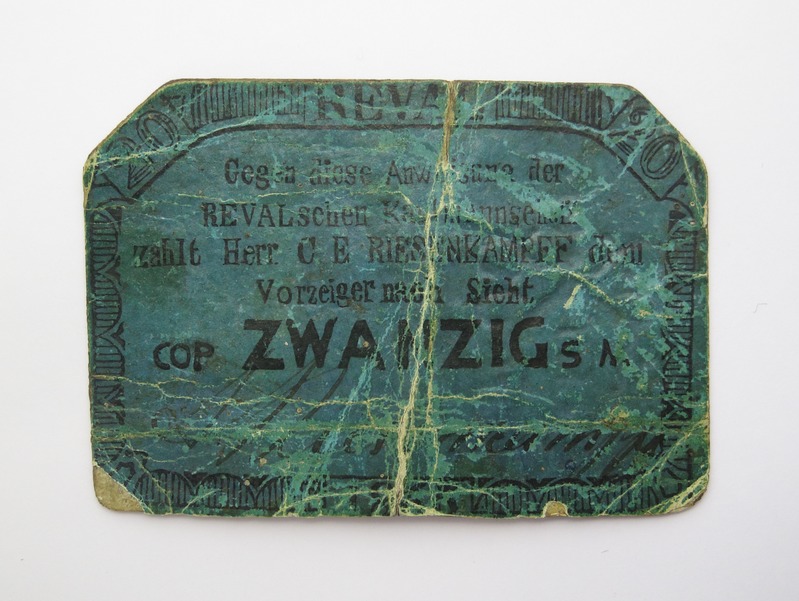
Ja Prits Maasing oli veel kadunud Vastseliina õpetaja sugulane olnud, aga siinne lugu oli siis juhtunud, kui kadunud õpetaja isa veel Vastseliinas õpetajaks oli. Kui ta oli teada saanud, millega Prits tegeleb, siis oli talle kohtu poolt käsk antud Prits enda poole kutsuda ja sealt kohtu kätte saata. Aga siis oli Pritsule käsk antud õpetaja juurde minna. Tema aga enne ei läinud, kui kohtumees järele saadeti, kes pidi ta õpetaja juurde viima. Mees oli küll tee peal mõtelnud ära pageda, pärast oli siiski kohale läinud, oli mõtelnud, et: "Õpetaja on mu sugulane, mis ta mulle ikka teeb". Ta ei osanud aimatagi, et teda taheti vangi panna. Aga kui ta õpetaja juurde oli jõudnud, siis polnud õpetaja väljagi teinud, et ta sugulane oli, vaid lasknud ta kinni köita ja ära türmi viia. Lõpuks oli ta ikkagi türmist ära põgenenud ja hakanud jälle valeraha tegema.
Aga see oli õige vanal ajal olnud, kui veel iga kreisi jaoks ise rahad olid. Neid rahasid mujal ei kasutatud kui kreisilinnas. Pärast vangist põgenemist oli Prits läinud ükskord öösel ühe tuttava poole maja akna alla öömaja paluma, aga see ei tahtnud teda sugugi majja lasta, sest ta oli põgenenud vang. Ära minnes olevat ta näidanud talle läbi akna suurt paberraha patakat ja öelnud:
"Kui sa oleks mind öömajale võtnud, siis oleksid selle pataka endale saanud." Mees oli küll pärast mõelnud, et kuidas ma nii loll olin, et teda öömajale ei lasknud.
Läbi.
1 klubiraha – endisaegne mitteametlik maksetäht; asendas raskeid vaskmünte ja kergendas kohalikke arveldusi

The lights that flash in the bog in the dark have attracted the senses of the viewers for a long time and certainly added to the mystery of the bog. "M. Koger has seen Will-o'-the-wisps burning in several places and thinks that the flame has risen to a height of 40-50 cm [---] In the Völla marsh there is a boggy line, soft, watery" (Loodusvaatleja 1934, 2: 44).
Georg Tamm, son of the family of Sarapuu farm in the settlement of Võlla, has seen Will-o'-the-wisps on the Võlla bog before Christmas. He is around 20 years old, a sober and practical young man. The weather was cloudy. The Will-o'-the-wisps shone with a bluish-green glow" (ibid: 45).
Soos pimedal ajal vilkuvad tulukesed on ammust aega köitnud nägijate meeli ja kindlasti lisanud soole salapära. „M. Koger on näinud sootulukesi leegitsevat mitmel kohal ja arvab leegi kuni 40–50 sm kõrgusele tõusnud olevat [---] Võlla rabas on sellel kohal soine joon, pehme, vesine” (Loodusvaatleja 1934, 2: 44).
“Sootulukesi Võlla rabal on enne jõulu veel näinud Võlla asunduse Sarapuu talu perepoeg Georg Tamm, ligi 20. a. v., kaine ja asjalik noormees. Ilm oli pilves. Sootulukesi paistnud sinakas-roheka helgiga” (Samas: 45).


